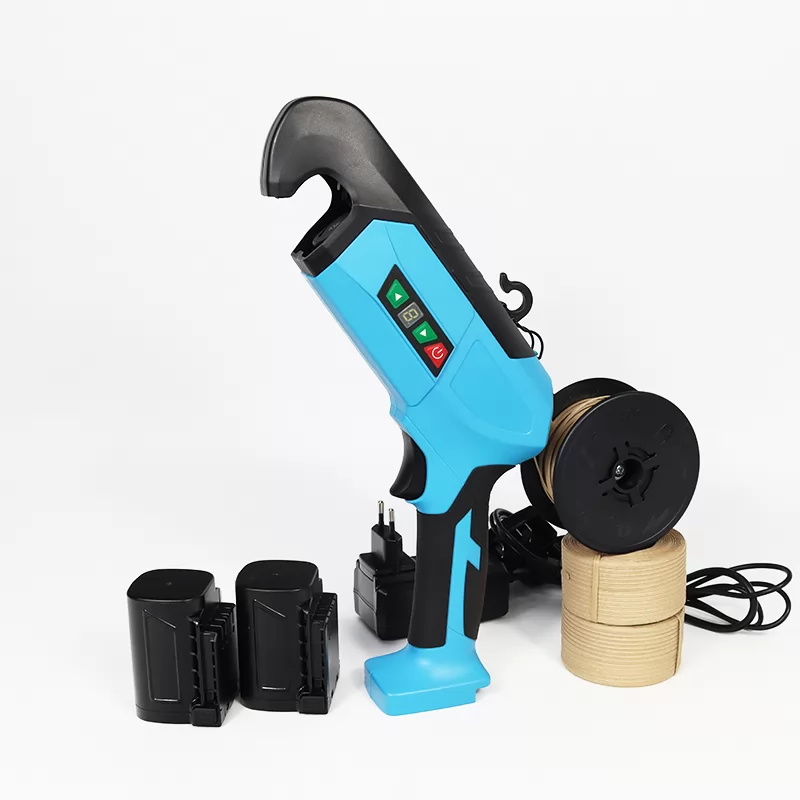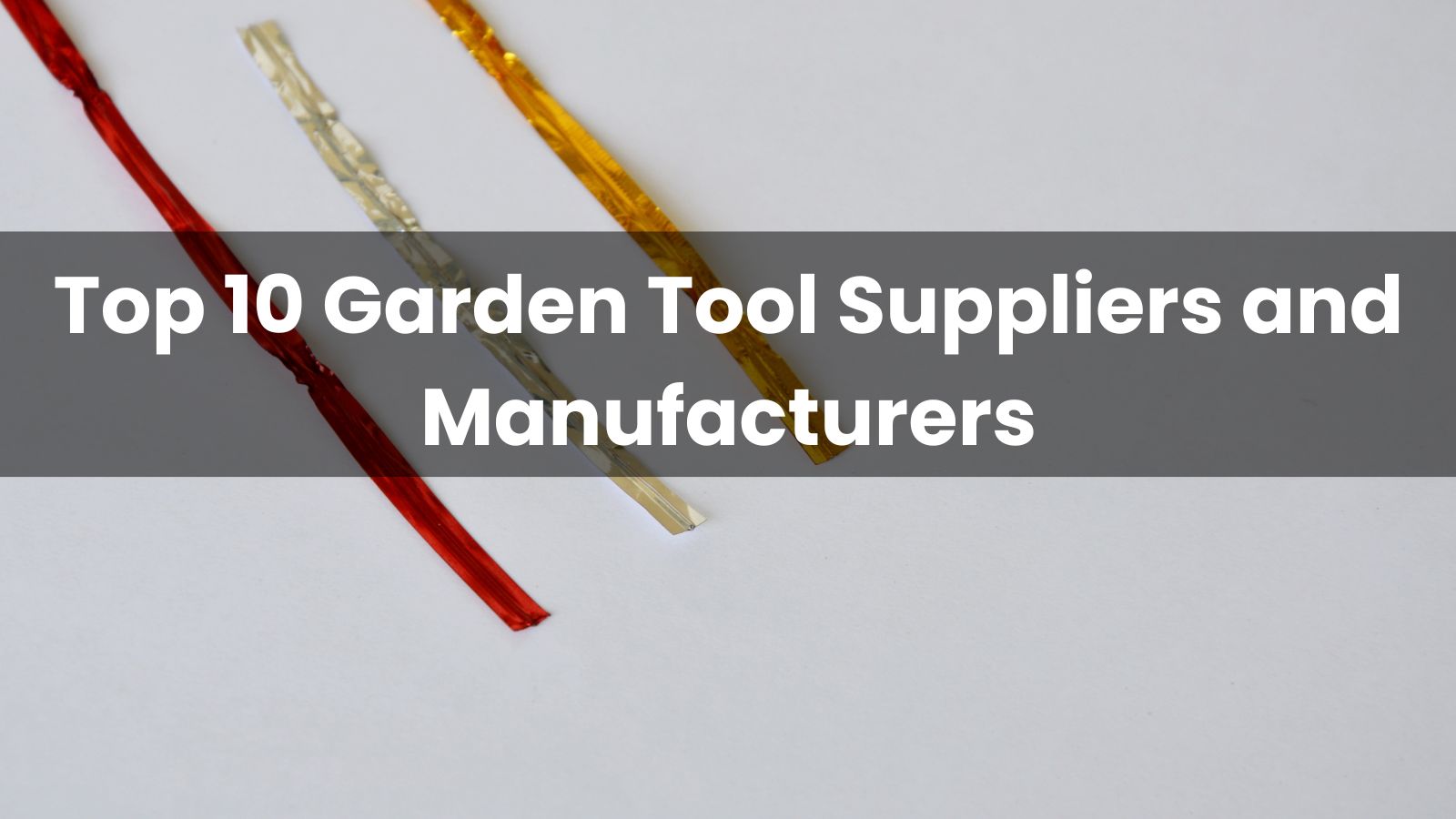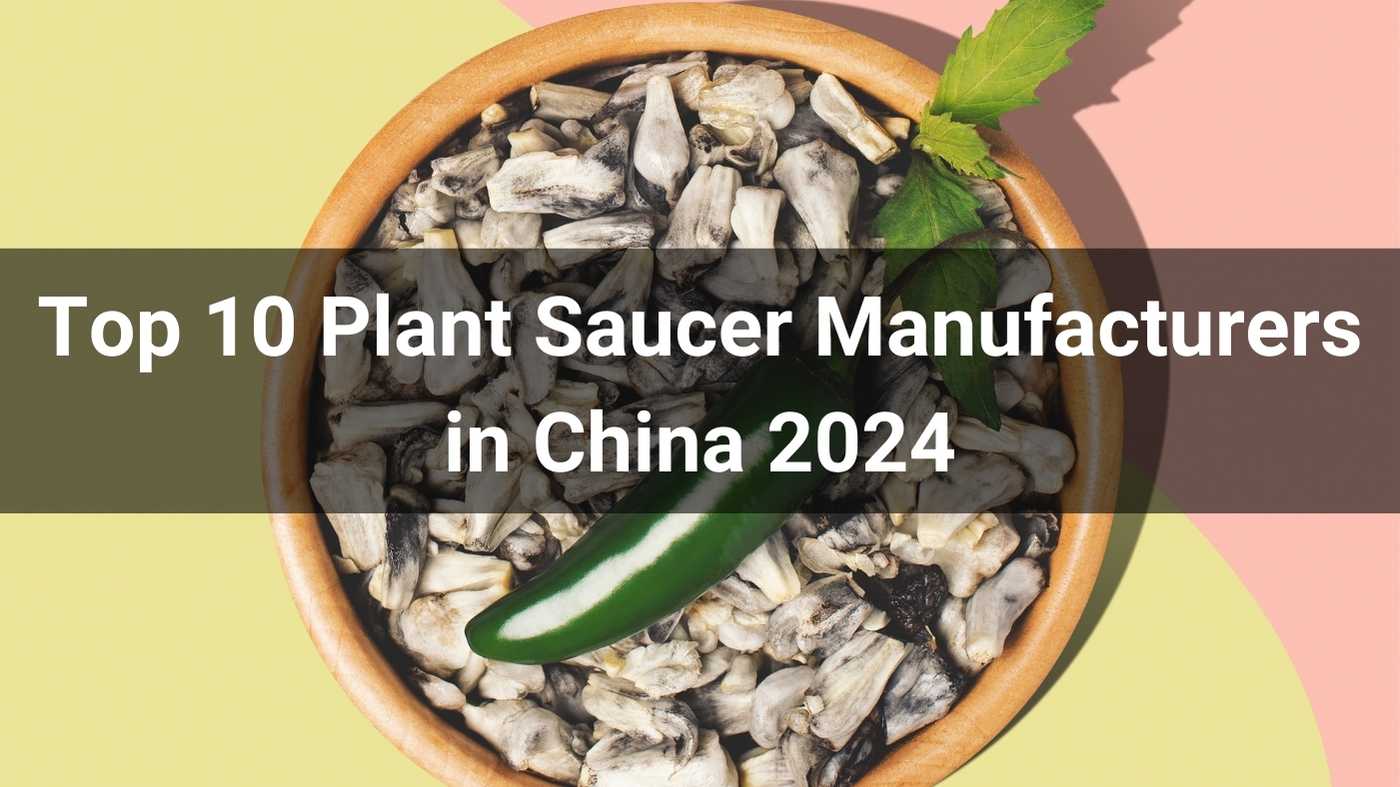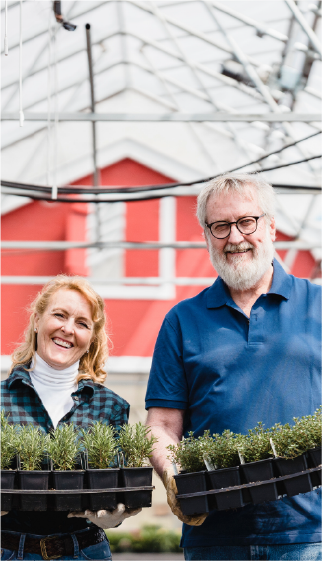Welcome to the dawn of a new era in viticulture, where innovation meets tradition, and efficiency is the watchword. As vineyard operators seek to enhance productivity and sustainability, vineyard tying machines emerge as the champions of change. These marvels of agricultural technology are not just tools; they are partners in the vineyard, ensuring that each vine is given the support it needs to thrive. Join us as we explore the transformative impact of tying machines on vineyard management.
Cultivating a vineyard is an art form as old as civilization itself, where every detail matters. Among these, tying plays a pivotal role in vine cultivation. It's not just about keeping vines upright; it's a critical task that influences a vineyard's health, yield, and the ease of ongoing management. Vineyard tying machines are revolutionizing this essential task, ensuring that vines are supported with precision and consistency.
Tying ensures proper spacing and exposure of the vines to sunlight, which is crucial for the ripening of grapes and disease prevention. It also aids in maintaining a structured canopy, which is essential for mechanized operations. With the advent of tying machines, the process becomes not only more efficient but also more reliable, mitigating the risk of human error. The result? A uniform vineyard where every vine stands a better chance of reaching its full potential.
In the heart of modern viticulture lies innovation, and vineyard tying machines are a testament to this progress. These devices are engineered to automate the process of securing vines to trellises or wires, a task traditionally done by hand. The tying machine is a blend of precision mechanics and user-friendly design, aimed at optimizing the vine’s growth and reducing manual labor.
The primary function of a vineyard tying machine is to attach vines to support structures quickly and securely. This not only ensures that the vines grow in the desired direction but also helps maintain proper vineyard row spacing. Efficiency is at the core of these machines, which can perform ties much faster than even the most skilled laborer. With a tying machine, what used to take an entire season can now be accomplished in a fraction of the time.
_1699338284_WNo_800d800.webp)
As technology advances, so do the options for viticulture tools. The market offers a variety of vineyard tying machines, each with its unique features and benefits, designed to cater to different vineyard sizes and management styles.
Firstly, there are manual tying machines, which are hand-held devices that significantly speed up the tying process compared to traditional methods. These are cost-effective and simple to operate, making them accessible even for smaller vineyards.
Moving up the scale, we have battery-operated tying machines. These combine the ease of a manual tool with the power of automation, increasing the speed and reducing the physical strain on workers. They are a popular choice for medium-sized vineyards.
For larger operations, there are semi-automatic and fully automatic tying machines. Semi-automatic types require some manual handling but assist the user greatly by automating significant portions of the tying process. Fully automatic machines, on the other hand, are the pinnacle of tying technology. They can be integrated into tractors or robotic systems and are capable of tying thousands of vines with minimal human intervention.
The mechanics of a vineyard tying machine are a marvel of modern engineering, designed to simplify the complex task of vine training. At the core of these machines is a mechanism that feeds tying material, usually a type of durable tape, through a guided arm to the vine and support structure.
Manual and battery-operated tying machines typically use a trigger-like action. The user positions the machine's arm around the vine and support, pulls the trigger, and the machine automatically wraps the tape around the two, cutting it to size and fastening it securely.
In semi-automatic and fully automatic tying machines, sensors and actuators play a significant role. These machines detect the presence of the vine and the support wire or stake, triggering the tying mechanism. Precision-engineered components work in tandem to ensure that the tie is neither too loose, which would be ineffective, nor too tight, which could damage the vine.
The most advanced tying machines incorporate computer controls that allow users to adjust the tension and the frequency of ties. With programmable settings, these machines can adapt to a wide range of vineyard layouts and vine sizes, ensuring consistent application across the board.

The introduction of vineyard tying machines has been a game-changer in the field of viticulture. These innovative tools have streamlined the tying process, achieving what used to take hours in mere minutes. The automation of tying not only speeds up the process but also allows for more work to be done with fewer people, which is particularly beneficial during peak seasons when time is of the essence.
Consistency in tying vines is critical for optimal growth and fruit production. Vineyard tying machines deliver uniform ties across the vineyard, reducing the variability that can come with manual tying. This uniformity ensures that each vine receives the same opportunity for sunlight exposure and air circulation, which are vital for healthy growth and development.
Labor costs constitute a significant portion of vineyard management expenses. With tying machines, vineyards can reduce the number of hours workers spend in the fields, thereby decreasing overall labor costs. Moreover, the reduced physical effort required to operate these machines means that vineyard workers are less likely to experience fatigue, which can lead to improved morale and productivity.
When selecting a vineyard tying machine, there are several features to consider. A good tying machine should be lightweight and ergonomic to minimize operator fatigue. It should also have a durable construction to withstand the rigors of vineyard conditions. Battery life is another critical factor, as it determines how long the machine can operate between charges. Additionally, the machine should be able to accommodate different tie materials and thicknesses for various vine and trellis types.
Modern tying machines boast design innovations that enhance usability. Features such as adjustable tension settings allow for customized ties that are neither too tight nor too loose. Some models offer one-handed operation for increased efficiency, and others have integrated LED lights for visibility in low-light conditions. The latest models also include digital interfaces for monitoring and adjusting settings quickly.
No two vineyards are the same, and tying machines can be customized to suit the specific needs of each operation. Machines may come with interchangeable heads for different vine thicknesses or programmable systems for varying tying patterns. This level of customization is vital for vineyards with unique layouts or specialized trellising systems.
Before using a tying machine, it is essential to prepare the vineyard. This preparation includes pruning the vines to the desired shape, ensuring that trellis wires are tight and in good condition, and clearing any debris that might obstruct the machine's path. Proper preparation ensures that the tying machine can operate efficiently and effectively.
Operating a vineyard tying machine involves a systematic process. The user starts by loading the tie material into the machine and setting the tension level. The machine is then positioned around the vine and support structure, and with a simple press of a button or pull of a trigger, the tie is applied. The machine will cut the material to the right length and secure the vine in place. This process is repeated along the vineyard rows, ensuring each vine is adequately supported for optimal growth.
The initial investment cost for a vineyard tying machine can vary widely based on the type and features of the machine. Manual tying machines are the most economical, while fully automated systems represent a significant investment. When considering the cost, vineyard operators should evaluate the machine's durability, battery life, and any additional features that may enhance its value and lifespan.
While the upfront cost of a tying machine may be substantial, it's important to conduct a cost-benefit analysis over time. The efficiency and labor savings provided by a tying machine can lead to significant cost reductions in the long run. With the ability to tie vines faster and more consistently, vineyard owners can see a return on their investment through increased productivity and reduced labor expenses.
Recognizing that vineyard tying machines can be a considerable investment, manufacturers and financial institutions often offer financing options to make them more accessible. These options can include leasing programs, payment plans, and even grants for agricultural innovation. Small vineyards can benefit from these financing options to obtain the technology they need, while larger vineyards might opt for financing to minimize upfront expenses and maintain cash flow.
In the competitive world of vine cultivation, staying ahead means choosing the right allies in vineyard equipment. China's leading vineyard tying machine manufacturer, Linkwin, has been at the forefront of this technological revolution. Their commitment to quality, innovation, and service has set a new standard in vineyard management tools. Discover how Linkwin's advanced tying machines can transform your vineyard operations by visiting www.agriculturaltool.com. Embrace the future of viticulture with Linkwin, where every tie is a step towards a more fruitful harvest.
Read More:











We use cookies to make the website work, to provide advanced features, social media and traffic analysis, and we use analytics and third-party advertising cookies. If you choose to click "Deny All", you will retain the default setting of not allowing the use of cookies or other tracking tools other than technical tools.

